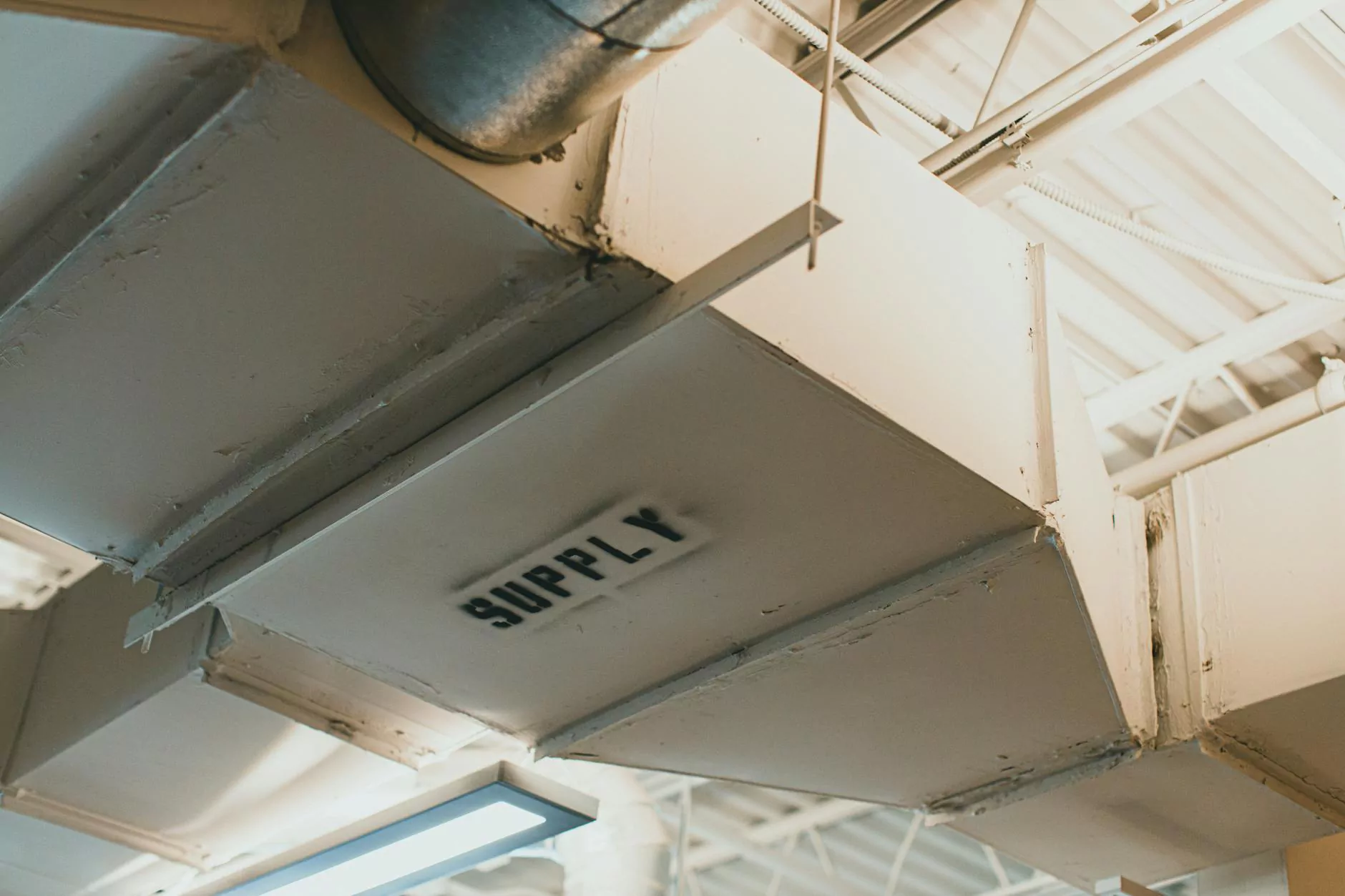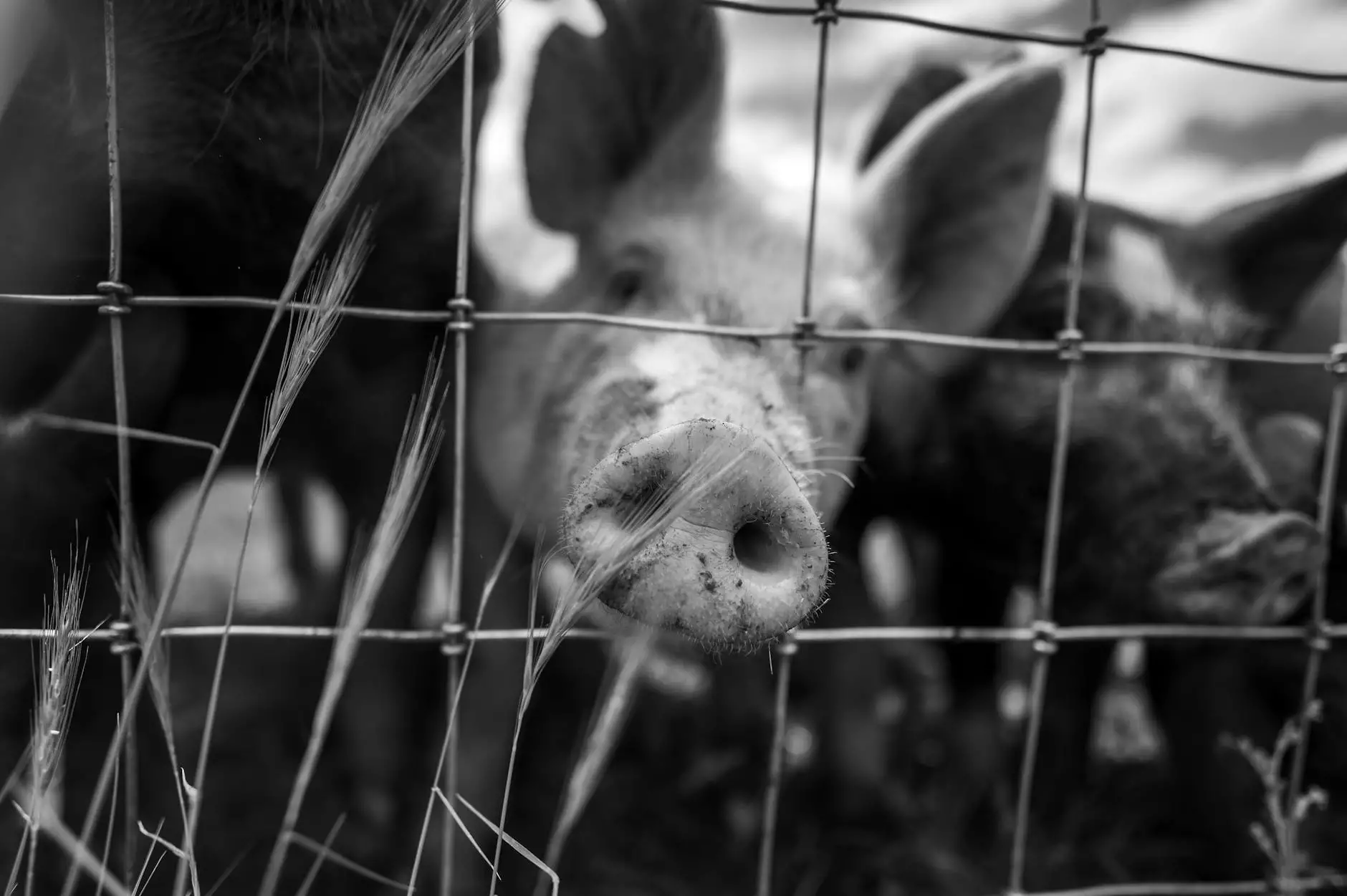Understanding and Combating the Dirty Sock Syndrome in Your HVAC System

When it comes to maintaining a comfortable home environment, few elements are as crucial as your HVAC system. However, many homeowners often overlook a common issue that can plague their systems—the dirty sock syndrome. This phenomenon not only affects your home's air quality but can also lead to significant discomfort and costly repairs. In this article, we delve into the causes, effects, and solutions to this unfortunate issue, helping you ensure clean and healthy air in your living spaces.
What is the Dirty Sock Syndrome?
The dirty sock syndrome refers to a musty odor that emanates from heating, ventilation, and air conditioning (HVAC) systems, particularly during the summer months when air conditioning is in high demand. This unpleasant smell is often compared to that of damp, dirty socks, hence its name. It can stem from several underlying issues, primarily involving the build-up of mold and mildew within the system's components, especially in the air ducts and cooling coils.
The Causes of Dirty Sock Syndrome
Understanding the causes of the dirty sock syndrome is essential for effective prevention and mitigation. Some of the primary contributors include:
- Moisture Accumulation: High humidity levels inside the home, combined with cold surfaces in the air conditioning unit, can lead to condensation. This moisture becomes a breeding ground for mold.
- Dirty Air Filters: When air filters are clogged with dust and debris, airflow decreases, causing the HVAC system to work harder and leading to more moisture buildup.
- Improper Drainage: A blocked or improperly installed condensate drain line can result in water pooling inside the HVAC system, promoting mold growth.
- Unclean Air Ducts: Dust, pet dander, and other pollutants can accumulate in your air ducts, providing additional surfaces for mold to thrive.
Identifying Signs of the Dirty Sock Syndrome
Being proactive about recognizing the signs of the dirty sock syndrome can save you from extensive damage and costly repairs. Look for the following indicators:
- Foul Odors: The most obvious sign is the persistent musty smell that often intensifies when the air conditioning is turned on.
- Increased Allergies: If family members experience heightened allergies or respiratory issues, it may be related to airborne mold spores.
- Inconsistent Airflow: If certain areas of your home seem lacking in airflow, your ducts may be obstructed by dirt or mold.
- Visible Mold Growth: Check your HVAC components, including ductwork, for any visible signs of mold or mildew.
Consequences of Ignoring Dirty Sock Syndrome
Ignoring the dirty sock syndrome can lead to numerous problems, some of which may include:
- Health Problems: Mold exposure can lead to serious health issues, particularly for those with pre-existing respiratory conditions.
- Decreased Efficiency: A dirty HVAC system has to work harder, leading to increased energy consumption and higher utility bills.
- System Breakdown: Prolonged neglect of the HVAC system can lead to costly breakdowns and the need for extensive repairs or replacements.
Preventive Measures for Dirty Sock Syndrome
The key to battling the dirty sock syndrome lies in prevention. Here are essential steps you can take to maintain a clean and efficient HVAC system:
1. Regular HVAC Maintenance
Schedule regular maintenance checks for your HVAC system. This includes cleaning coils, checking the drain lines, and ensuring all components function correctly.
2. Change Air Filters Frequently
Regularly change your air filters—ideally every 1-3 months depending on usage— to ensure optimal air quality and airflow.
3. Maintain Appropriate Humidity Levels
Use dehumidifiers during humid months to keep moisture levels in check. Aim for humidity levels between 30-50% for optimal comfort.
4. Clean Air Ducts
Consider scheduling professional air duct cleaning every few years to remove accumulated dust, mold, and other contaminants from the ductwork.
5. Inspect Condensate Drain Lines
Regularly check that your condensate drain line is clear and functioning properly to prevent mold growth due to standing water.
When to Seek Professional Help
While there are many steps you can take to prevent the dirty sock syndrome, sometimes professional intervention is necessary. Here are instances when you should reach out to an HVAC professional:
- Persistent Odors: If unpleasant smells persist despite your efforts, it’s time to call in the experts for a deep cleaning.
- Health Symptoms: If you or your family members experience health symptoms linked to mold, a professional inspection is imperative.
- System Breakdowns: If your HVAC system is frequently breaking down, this can be a sign of deeper issues that need professional diagnosis.
The Role of Regraves HVAC in Maintaining Indoor Air Quality
At Regraves HVAC, we understand the critical importance of maintaining clean and safe air in your home. Our team of experienced professionals specializes in:
Home Services
We offer a comprehensive range of home services designed to enhance your living environment.
Heating & Air Conditioning
Our experts provide installation, maintenance, and repair services for heating and air conditioning systems, ensuring optimal performance and energy efficiency.
Air Duct Cleaning
Our specialized air duct cleaning services help eliminate dust, debris, and mold, effectively combating issues like the dirty sock syndrome and improving your home’s air quality.
Conclusion
In conclusion, the dirty sock syndrome is an all-too-common problem in many households, but it is also a preventable one. By understanding its causes, identifying its signs, and taking proactive measures, you can maintain a clean and efficient HVAC system that promotes healthy indoor air quality. With professional support from Regraves HVAC, you can ensure your home remains a safe, comfortable sanctuary for you and your family.



